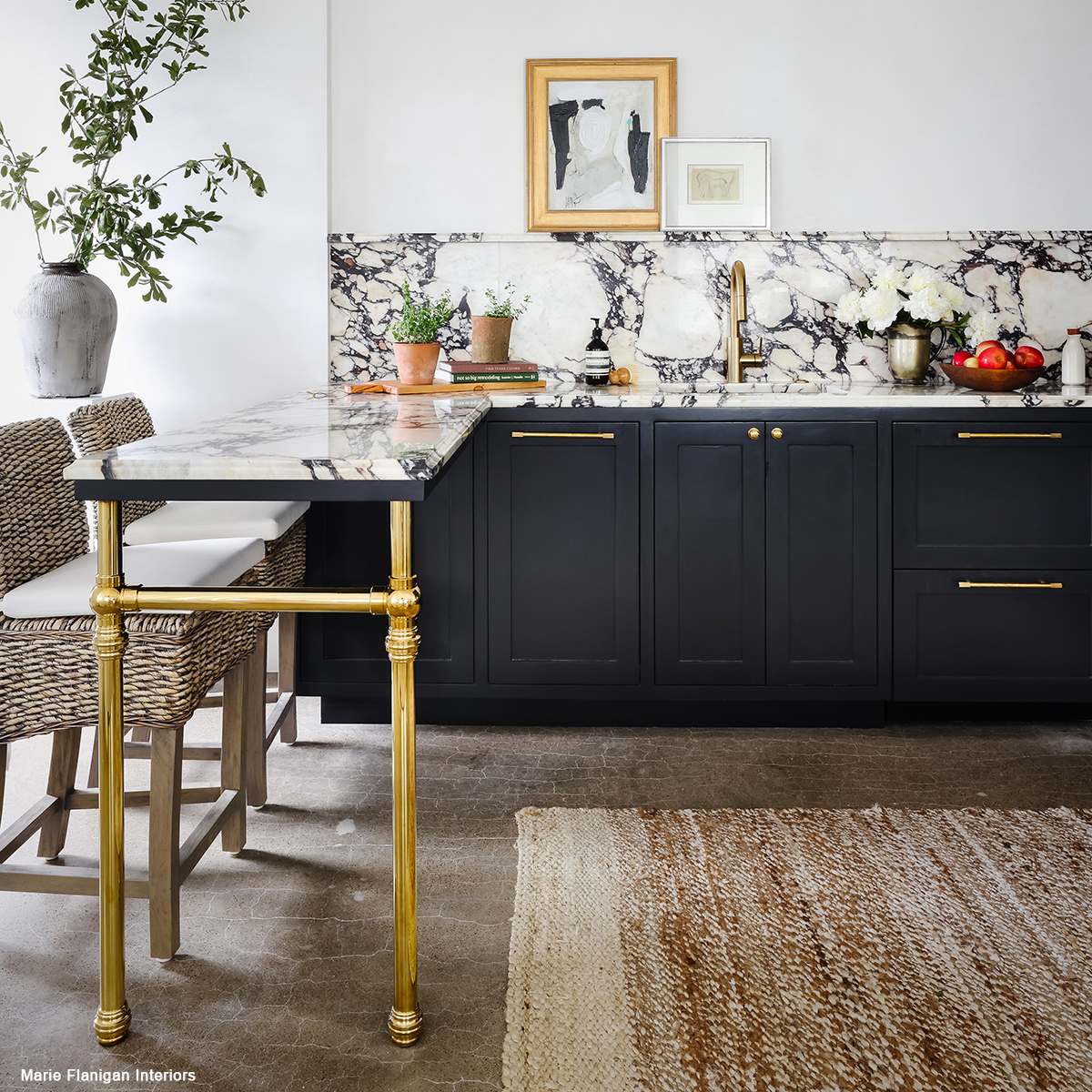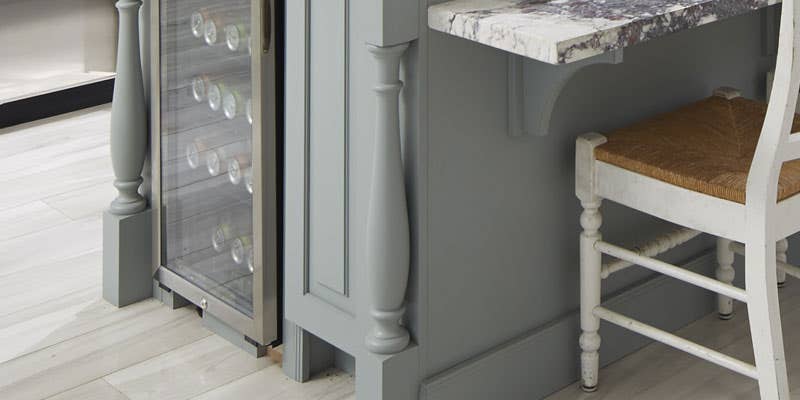Raise Your Space with Fashionable Legs For Kitchen Island Styles
Wiki Article
Important Factors to Consider When Picking Legs For Cooking Area Island
Choosing the proper legs for a kitchen island includes a mindful assessment of numerous factors that can dramatically influence both performance and visual appeal. As we check out these components, it becomes clear that each choice can have far-ranging implications for the general cooking area experience.Material Options
When choosing legs for a cooking area island, understanding the different product alternatives is important for accomplishing both visual appeal and structural stability (Legs For Kitchen Island). The selection of product significantly influences not only the longevity of the island but also its general style and capabilityMetal legs, often made from stainless steel or wrought iron, add a modern-day and commercial feel while guaranteeing resilience and stability. These materials are immune to use and can support considerable weight, making them perfect for larger islands.
An additional alternative is crafted materials, like MDF or plywood, which can be more cost-effective while still offering an array of surfaces. Nevertheless, they may not give the very same level of stability as strong wood or metal. Products such as acrylic or glass can produce a modern appearance, though they may call for extra assistance to make sure stability.
Inevitably, the choice of material for kitchen area island legs should straighten with the preferred capability and the general theme of the kitchen area.
Design And Style

When taking into consideration design, the form and coating of the legs are essential. Conical legs can give a feeling of agility and style, while thicker, extra durable legs can communicate stamina and stability. Additionally, the finish-- be it repainted, tarnished, or all-natural-- must match the cabinets and countertop materials to develop a unified look.
Additionally, the style of the legs can likewise reflect personal preference. Custom-made or ornamental legs, such as those featuring intricate makings or special geometric shapes, can function as focal factors, including character and personality to the cooking area. Eventually, the best choice will certainly not only enhance capability however also boost the aesthetic appeal, making the cooking area island a standout function of the home.
Elevation Factors To Consider
Choosing the proper height for kitchen area island legs is critical, as it directly affects both capability and comfort. The common elevation for a kitchen island normally ranges from 36 to 42 inches, lining up with typical kitchen counter heights.
It is likewise important to make up individuals' preferences and elevations. Personalizing the height can make certain a comfortable experience for all relative, making the kitchen island an extra pleasurable and useful area.
Weight Assistance
Making sure adequate weight assistance for kitchen island legs is crucial for both safety and capability. The kitchen island usually serves try here numerous purposes, consisting of food preparation, dining, and added storage, demanding a robust support framework. When selecting legs, it is important to consider the general weight ability required based on the island's planned use and the materials that will certainly be positioned on it.The choice of product for the legs plays a significant role in their weight-bearing abilities. Strong wood, metal, and durable compounds generally supply premium strength compared to lighter materials. In addition, the layout of the legs-- whether they are straight, tapered, or have a pedestal type-- can affect their capacity to disperse weight effectively across the structure.
Additionally, the leg positioning should be strategically prepared to improve security. Legs placed at the edges or with a wider base can better support heavier you can find out more tons. Always seek advice from the supplier's requirements regarding load limitations to make certain that the legs can sustain the desired weight without compromising security. In recap, picking kitchen area island legs with appropriate weight assistance is essential for creating a safe and useful culinary space.
Installment and Upkeep
Appropriate installation and upkeep of cooking area island legs are important for guaranteeing longevity and security. To begin, it is important to follow the supplier's guidelines during installment. This typically involves securing the legs to the space station utilizing appropriate bolts, guaranteeing that the legs are degree and lined up. Utilizing a degree tool can assist avoid tottering and improve the total aesthetic allure of the kitchen area island.When mounted, routine upkeep is necessary to protect the honesty and appearance of the legs - Legs For Kitchen Island. For wood legs, routine cleaning with a moist towel and application of suitable timber gloss can prevent wetness damage and keep their surface. Steel legs may need a mild cleansing solution to eliminate oil and crud, followed by a dry towel to prevent rust formation
Additionally, examine the legs regularly for signs of wear or damage, such as cracks or loose joints. Tightening screws or bolts as needed can also prolong the life expectancy of the legs. By adhering to these setup and maintenance practices, property owners can guarantee that read what he said their kitchen area island stays durable and visually appealing for many years to come.
Conclusion

Aesthetic coherence is vital in picking the design and layout of legs for a kitchen island, as these elements significantly affect the total setting of the room. Conical legs can provide a sense of lightness and elegance, while thicker, much more robust legs can communicate stamina and stability.Selecting the proper elevation for kitchen area island legs is vital, as it straight influences both capability and convenience. In recap, choosing kitchen area island legs with appropriate weight support is vital for producing a risk-free and practical culinary room.
In verdict, picking legs for a cooking area island requires cautious consideration of various factors, consisting of product choices, style, height, weight assistance, and setup.
Report this wiki page